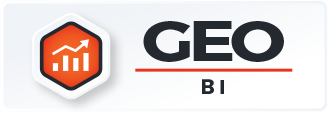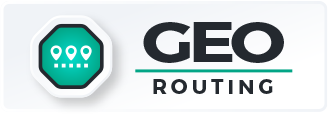Scaling a business requires more than just ambition—it demands tools that illuminate opportunities and streamline execution. Mapping and analytics software plays a critical role in helping companies grow strategically, providing visual clarity on data that would otherwise be stuck in spreadsheets. Whether you’re optimizing territories, tracking performance, or planning expansion, location-aware analytics gives your team the insights they need to move faster and smarter. As market complexity increases, businesses need tools that keep them grounded in data while remaining agile in action. Let’s explore how mapping and analytics solutions can become your operational backbone.
What Is Mapping and Analytics Software?
At its core, mapping and analytics software combines geospatial visualization with business data analysis. These platforms convert your raw location data—like addresses, territories, or customer locations—into interactive maps that are easy to understand and act on. Teams can layer performance data, demographic information, or sales metrics directly onto these maps, unlocking patterns that might otherwise be hidden. Many solutions also include filtering, route optimization, and real-time dashboards. Together, these capabilities support faster decisions and better resource allocation across departments.
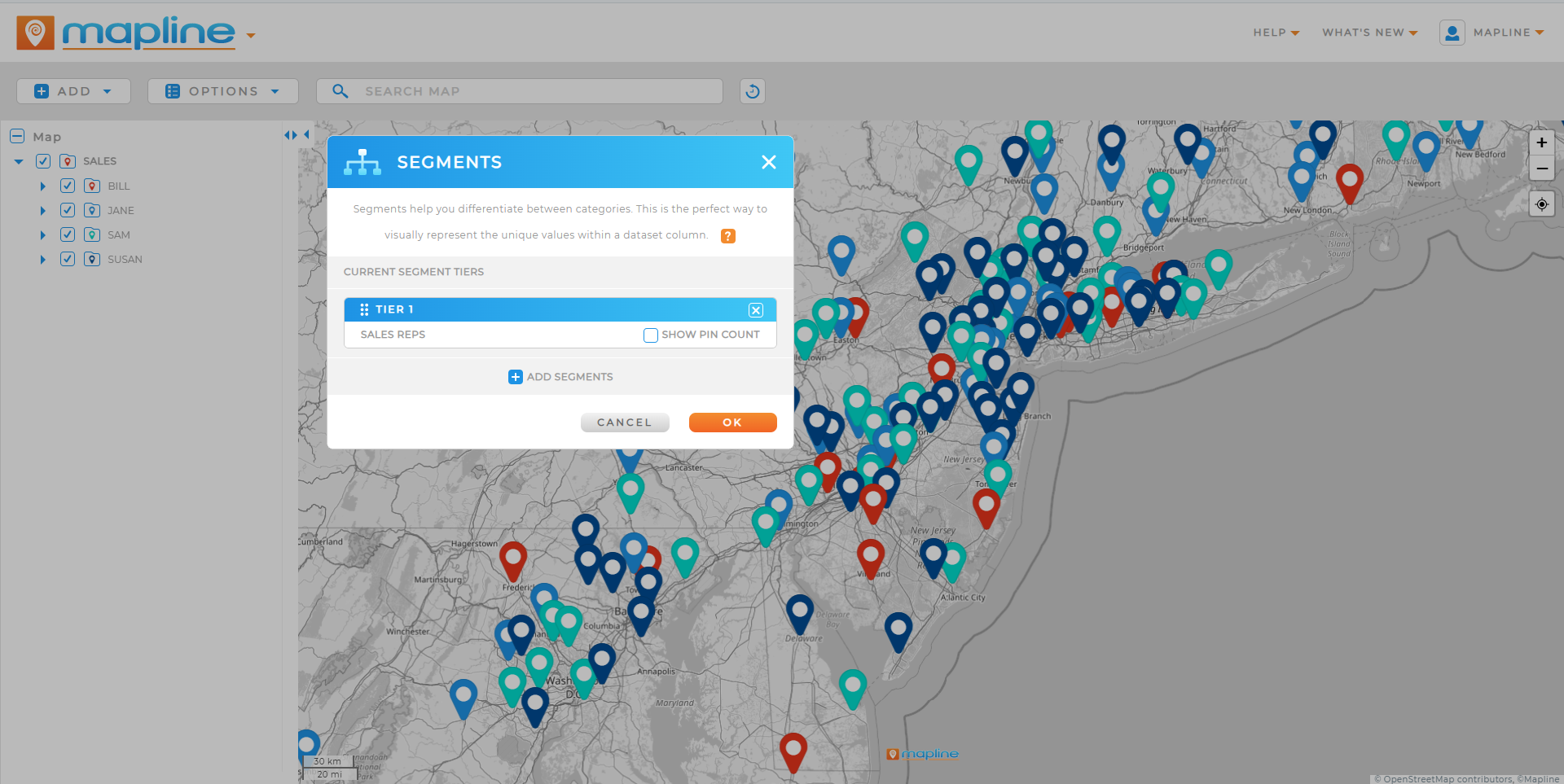

Pro Tip: Mapping and analytics software is included in Mapline’s Geo BI platform, designed to help businesses visualize key performance metrics across maps, charts, and dashboards—all from one intuitive interface.
How Location-Aware Tools Drive Operational Scale
Growing businesses face a common challenge: how to maintain clarity and coordination as operations become more complex. That’s where business mapping software and geoanalytics tools offer a competitive edge. By aligning operational data with geography, companies can make more targeted decisions in sales, logistics, service, and expansion. Here’s how:
1. Territory Optimization
Territory mapping software helps you divide and manage sales or service zones based on real data—not just zip codes. Balanced territories mean more efficient rep assignments, better customer coverage, and fewer overlaps. As your team grows, these tools scale with you, allowing easy reallocation of areas based on new goals or team changes.
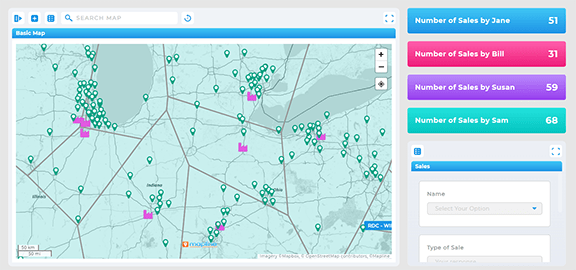
2. Performance Monitoring
Interactive maps provide a visual dashboard of key metrics, from sales volume to service response times. With spatial business intelligence, leaders can compare performance across regions or reps at a glance. This makes it easier to spot bottlenecks, evaluate strategy, and deploy resources where they’ll make the biggest impact.
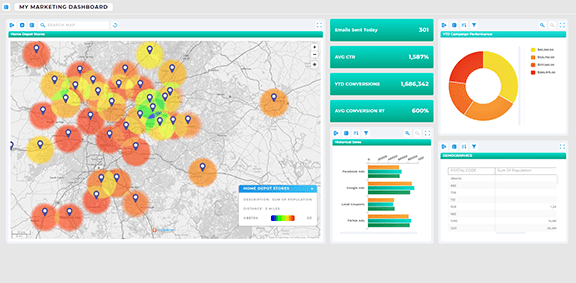
3. Market Expansion Planning
When entering new markets, interactive mapping software allows you to evaluate potential locations using real-world data. You can analyze proximity to customers, competitors, or infrastructure—and even visualize gaps in coverage. These insights support smarter site selection and more confident growth strategies.
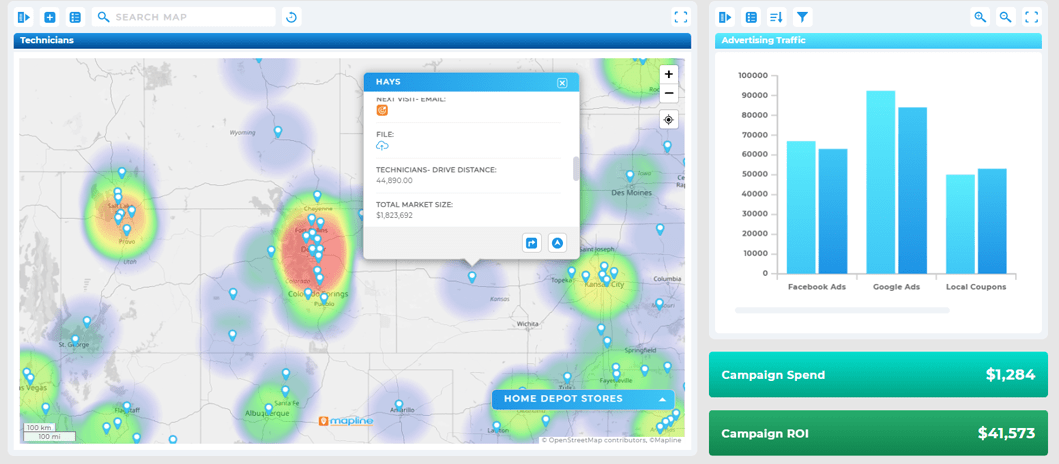
Use Cases Across Departments
From sales to operations, marketing to customer service, nearly every department can benefit from map-based data visualization. Here are a few examples of how teams are using mapping and analytics software every day:
- Sales teams use mapping tools to monitor territory performance and optimize travel routes for reps.
- Marketing teams identify underserved regions for campaigns and plot customer segments visually.
- Operations leaders manage service coverage and delivery zones for faster turnaround times.
- Executives gain high-level visibility through dashboards that align strategic priorities with location data.
This cross-functional utility makes mapping platforms essential as businesses evolve—especially those with distributed teams, mobile assets, or regional footprints.
Key Features That Support Business Scale
Not all tools are created equal. When selecting the best interactive map software or online mapping tool, look for capabilities that go beyond basic pin plotting. Here’s what to prioritize:
- Custom territory creation and easy editing features
- Dynamic filters and search tools to surface relevant trends
- Support for data layering—demographics, sales, competitor data, etc.
- Cloud-based collaboration and sharing functionality
- Mobile-friendly access and real-time dashboard updates
The right solution should feel like a command center for your business—empowering users across roles to make location-based decisions without technical friction.
Mapping and analytics software gives businesses a clear visual representation of operational data, making it easier to spot inefficiencies, track performance, and identify growth opportunities. With tools like territory mapping, route optimization, and real-time dashboards, companies can streamline internal processes and allocate resources more strategically. It helps teams scale faster by eliminating bottlenecks and empowering data-backed decisions. Whether you’re expanding into new regions or refining existing operations, the ability to visualize your data makes a measurable difference. By automating key workflows and improving visibility, businesses can scale without adding complexity.
Look for mapping and analytics software that includes territory mapping, custom pin mapping, interactive dashboards, and real-time data integrations. These features allow you to manage sales teams, customer locations, delivery routes, and field operations from one centralized platform. Tools like heat maps, demographic overlays, and geographic segmentation are also critical for market analysis and planning expansion. If you want to scale efficiently, choose a platform that simplifies reporting, automates updates, and integrates seamlessly with your existing systems. The more intuitive and flexible the software, the faster your team can adapt and grow.
Yes! Mapping platforms like Mapline’s Geo Mapping make it easy to align teams around shared goals by centralizing data and visual insights. Sales, operations, logistics, and marketing teams can all access the same maps, reports, and dashboards in real time. This shared visibility reduces miscommunication, accelerates decision-making, and keeps everyone on the same page. With customizable permissions and secure access settings, you can ensure that each department sees only the data they need. Enhanced collaboration leads to smarter resource allocation and more unified strategies as your business scales.
Not at all! Small and mid-sized businesses can benefit significantly from mapping and analytics software, especially when looking to scale. In fact, platforms like Mapline are built to simplify complex data for teams of any size. Small businesses can use it to optimize local operations, manage territories, improve delivery efficiency, and identify nearby growth opportunities. As your company grows, the same tools can scale with you, offering more advanced features when needed. This flexibility makes it a smart investment for businesses at any stage of growth.
Mapping software turns rows of raw data into dynamic, visual insights. helping leaders make smarter decisions with less guesswork. By layering data like sales performance, customer locations, demographics, and geographic trends, businesses can quickly spot patterns and areas for improvement. These tools support forecasting, strategic planning, and territory alignment with measurable results. With automated updates and real-time visualizations, your data stays accurate and actionable. This level of clarity makes it easier to prioritize initiatives and drive meaningful growth.






